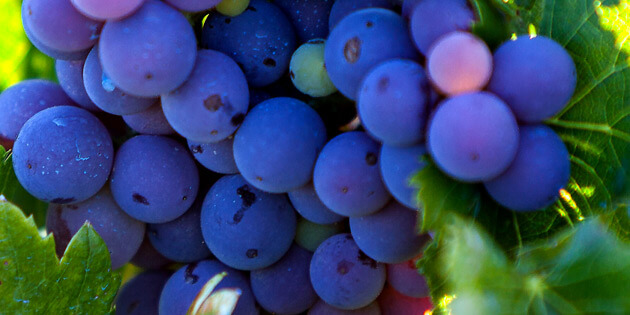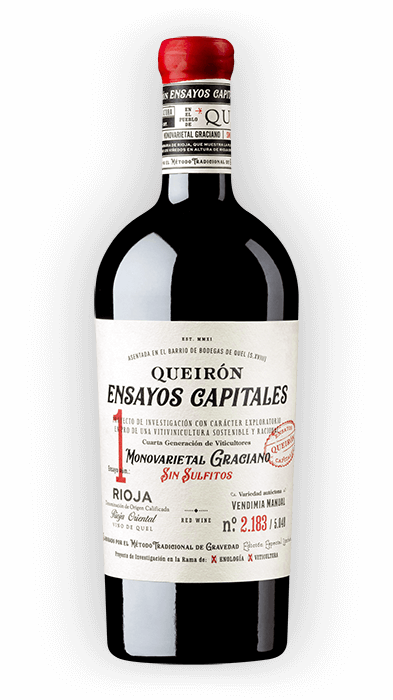Graciano
the great unknown
from Rioja
History
Its origins are from La Rioja and Navarre, where traditionally it has formed and forms part of the great blends of crianza, reserva and gran reserva wines together with mazuelo and garnacha (hence its name as it is used to give the wines “gracia” (maybe here in the sense of “panache”) by providing colour and freshness), although recently there has been a trend towards making signature wines from 100% Graciano, which are winning a great reputation and a lot of followers. Studies and DNA tests suggest that Monastrell (which was previously thought to be a Spanish synonym for the French mourvèdre grape, a name derived from the former name of Valencian town of Sagunto: Morvedre) is, in fact, Graciano. The Monastrell grape, unlike the Graciano grape in Navarre and La Rioja, is one of the most widely cultivated grapes in the south-east of Spain.

_about
graciano
Ampelographic characteristics
Aptitudes for cultivation
Good vigour and upright bearing. Tolerant to drought, it adapts well to all kinds of soils.
Sensitivity to diseases and adversities
Medium-high sensitivity to downy and powdery mildew. Prone to botrytis; very sensitive to the damp.
Oenological potential
Provides aromatic wines with a lively red colour and high acidity, used especially for making blends to achieve great longevity.
Training and pruning
It adapts to contained forms and short pruning.
Shooting period
Late.
Ripening period
Average-late.
Production
Vivai Cooperativi Rauscedo sca.
Queirón
vineyards
with graciano

///viñedo de Quel ///graciano
El Pozo
Graciano's expression


